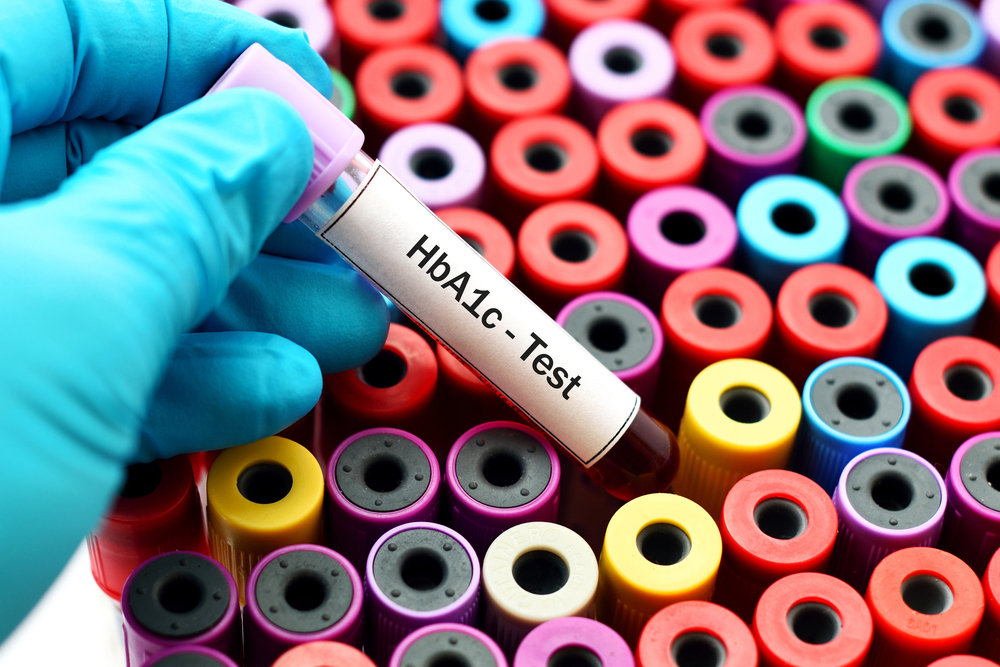Risk of Getting Diabetes in Early Stage

Diabetes refers to a condition that causes high blood sugar. The body uses sugar as fuel with the help of the hormone insulin. In diabetes, the body is either unable to or ineffective in utilizing insulin, leading to high blood sugar levels.
Therefore, it is important to understand the risk factors and warning signs of diabetes in the early stages for effective management and prevention.
What Causes Diabetes?
Different types of diabetes have different causes:
- Type 1 Diabetes: It is caused when insulin-producing cells are attacked by the body’s immune system. However, the exact cause of this condition is not known.
- Type 2 Diabetes: It is caused due to genetic and lifestyle factors.
- Gestational Diabetes: It occurs during pregnancy and is caused by hormonal changes.
Who are at Risk of Diabetes?
Many risk factors and warning signs are associated with prediabetes and diabetes:
- Type 1 Diabetes Risk Factors
The following factors can cause type 1 diabetes:
-
- Age: Type 1 diabetes is more likely in kids and teenagers.
- Genetics: Someone with a genetic history of type 1 diabetes in the family is at higher risk.
- Type 2 Diabetes
Type 2 diabetes is the most common type of diabetes. Risk factors for type 2 diabetes include:
-
- Weight: Being overweight or obese is a major type 2 diabetes risk factor.
- Body Fat Distribution: Excess abdominal fat increases the risk of type 2 diabetes. Waist circumference above 40 inches in men and 35 inches in women presents a higher risk of getting diabetes.
- Physical Activity Levels: Inactivity or low physical activity levels reduce insulin sensitivity of the body’s cells, which can lead to diabetes.
- Genetics: A family history of diabetes puts one at a higher risk.
- Blood Cholesterol Levels: A low level of HDL (“good” cholesterol) and a high triglyceride level increase the risk of developing diabetes.
- Age: With age, especially after 35, the risk of diabetes increases.
- Prediabetes: A higher-than-normal blood sugar level, when left untreated, can develop into diabetes.
- Gestational Diabetes
Pregnancy affects hormone levels, which can lead to diabetes. Gestational diabetes risk factors include:
-
- Weight: Being overweight or obese before pregnancy is a high-risk factor for gestational diabetes.
- Family History: Pregnant women with a family history of diabetes have a higher risk of gestational diabetes.
- History of Gestational Diabetes: Pregnant women are at a greater risk for gestational diabetes if they have suffered from the condition during a previous pregnancy.
- Polycystic Ovary Syndrome: Pregnant women with Polycystic Ovary Syndrome have a higher risk of gestational diabetes.
- Age: Pregnant women over the age of 25 have a higher risk of gestational diabetes.
What are the Symptoms of Diabetes?
Symptoms of diabetes include:
- Increased hunger and thirst
- Unintentional weight loss
- Frequent urination
- Blurred vision
- Severe fatigue
- Unhealed sores
- Decreased sex drive in men
- Yeast and urinary tract infections in women
How is Diabetes Diagnosed in Early Stages?
Diabetes and prediabetes can be diagnosed in the early stages using the following methods:
- Fasting Plasma Glucose Test (FPG Test)
The FPG test requires a fasting period of 8 hours, after which the blood glucose is tested. A fasting blood sugar value between 100-125 mg/dL can indicate prediabetes, and a value above 126 mg/dL can indicate diabetes.
- A1C Test
The A1C test measures the level of hemoglobin in the blood with attached glucose. If this level is high over a three month period, the doctor can diagnose diabetes. A1C diabetes test result below 5.6 is considered normal, between 5.6 and 6.4 is considered pre-diabetic, and above 6.5 is considered diabetic.
- Glucose Tolerance Test
This test measures the blood sugar levels after an overnight fast. After the initial test, the individual drinks a sugary liquid, followed by regular blood sugar level tests over the next two hours. A reading between 140 and 199 mg/dL suggests prediabetes, while levels exceeding 200 mg/dL indicate diabetes.
How Can Diabetes Be Prevented?
Diabetes can be prevented by implementing some lifestyle changes like:
- Eating healthy: Eating smaller meal portions and avoiding refined carbohydrates, and trans and saturated fat.
- Physical Exercise: At least 150 minutes (about 2 and a half hours) of cardiovascular exercise every week can help prevent diabetes.
- Shedding Extra Pounds: For overweight people, losing weight greatly reduces their diabetes risk. Maintaining an ideal body weight is also essential to effectively managing diabetes.
Untreated diabetes is dangerous and can damage the eyes, kidneys, and other organs. To prevent or manage diabetes, it is essential to identify and understand the warning signs and risk factors of prediabetes and diabetes. If an individual experiences any of the symptoms of diabetes mentioned above, they should consult a doctor and book a diabetes test at Dr Lal PathLabs immediately.
FAQs
1. Can type 1 diabetes be prevented?
Type 1 diabetes, being an auto-immune condition, cannot be prevented but can be effectively managed.
2. Can gestational diabetes affect the baby?
Yes, gestational diabetes can have the following complications in the baby:
- Low blood sugar
- Excessive birth weight
- Risk of type 2 diabetes later in life
- Death














